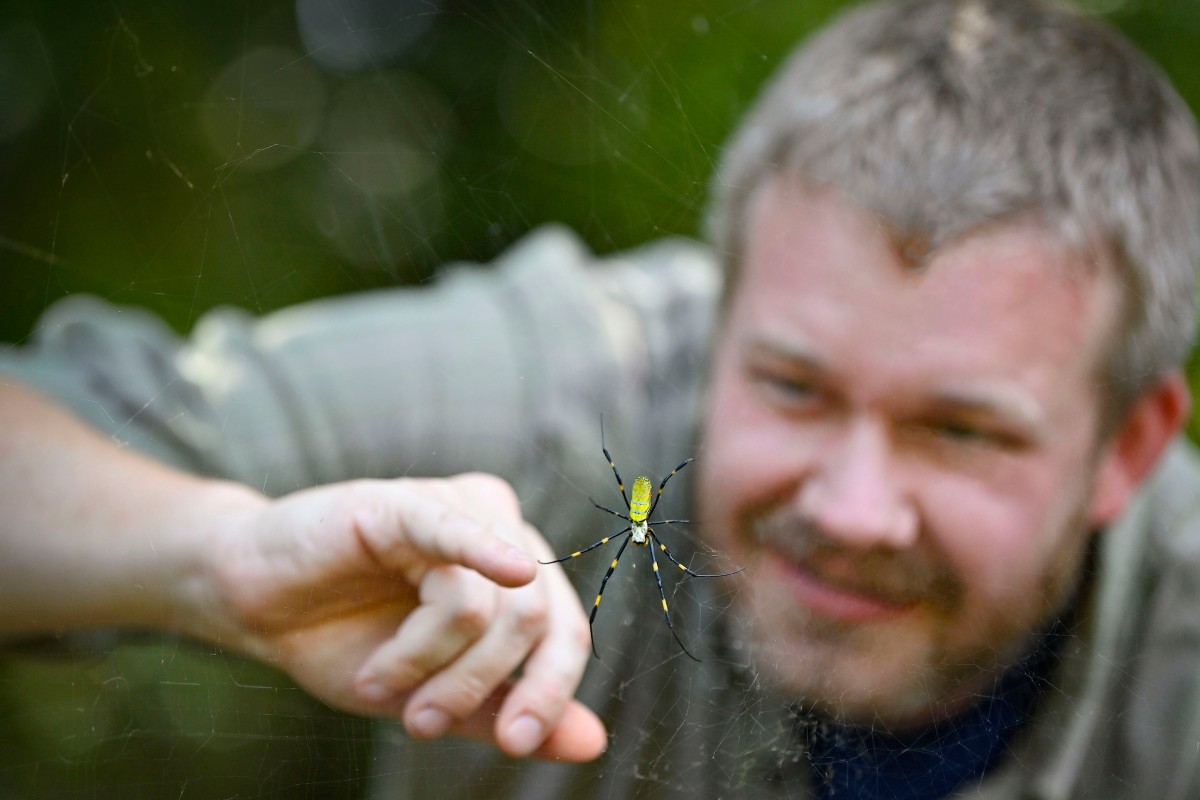By Collin Elder
LAWRENCEVILLE, Ga. | The sticky webs of Joro spiders are back in full force this fall, and they have got scientists researching their nature as predators. Dr. Patrick Cain, a biology lecturer at Georgia Gwinnett College (GGC), says of the potentially invasive species. “While they’re not classified as invasive right now, I’d be surprised if that didn’t change soon.”
He identified the criteria for an invasive species, saying that while the Joro ticks off several of the boxes on the list, they don’t hit enough of them to classify as invasive at this point. Some of the requirements for this classification are competition with endemic, or native, wildlife for resources like food and living space, how fast and the volume of their breeding cycle, and their ability to spread across the climate.
Joros hit a lot of those criteria.
They’re moving up the eastern seaboard, with some sightings going as far north as North Carolina and Virginia. Last year, scientists thought that the cold of winter would work to quell the numbers of spiders that were effectively hibernating, as Joro don’t typically enjoy dry and cold weather, but the spider continues to grow in population.
Cain thinks that comes down to adaptability. “Once a species learns to adapt to threats, they become much, much harder to deal with,” he said.
Cain says there is an idea for curbing Joro population growth involving such tactics as supporting natural predators that feed primarily on spiders, which can deal with the current situation, but may impact native life as well. “I don’t know what direction they’re headed,” says Cain. “Joro are part of the ecological puzzle, and we shouldn’t be afraid of them right now.” Though Joro are naturally skittish and aren’t extremely venomous, their bite can be uncomfortable, much like a bee sting.
Joro not only are adapting to their new homes, but they’re learning to travel. The Joro is adept at spreading far because of their practice of “ballooning” where they use some of their silk to catch the wind, allowing them to travel for miles. Some have even been measured thousands of feet up with samples captured by airplanes.
- Have a comment? Send to: elliott@brack.net










Follow Us